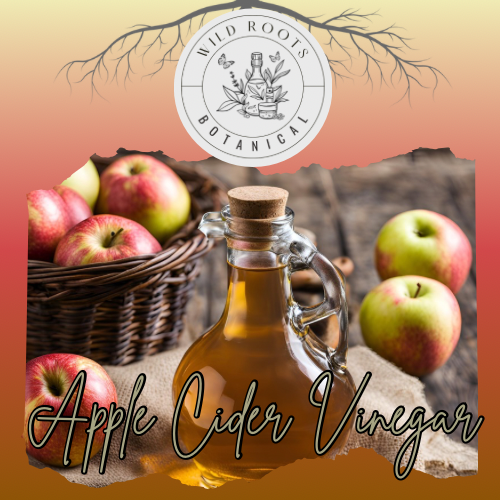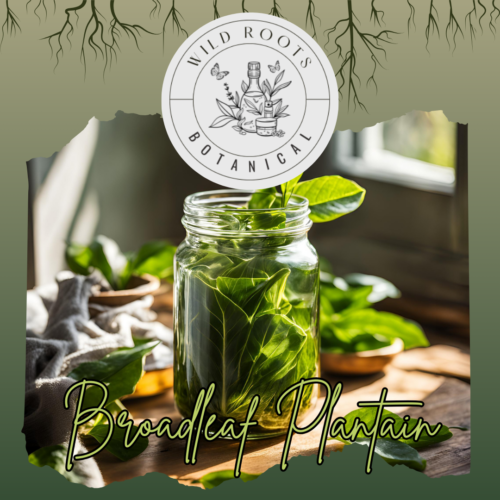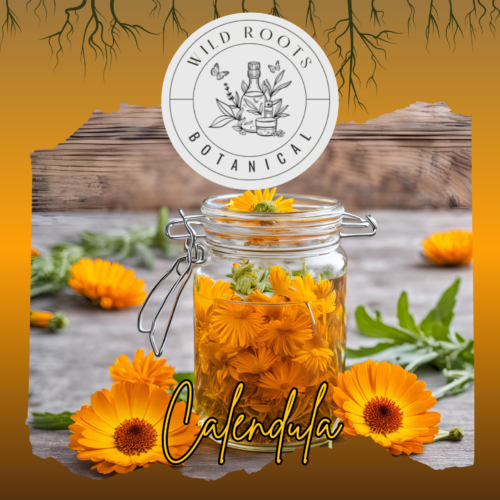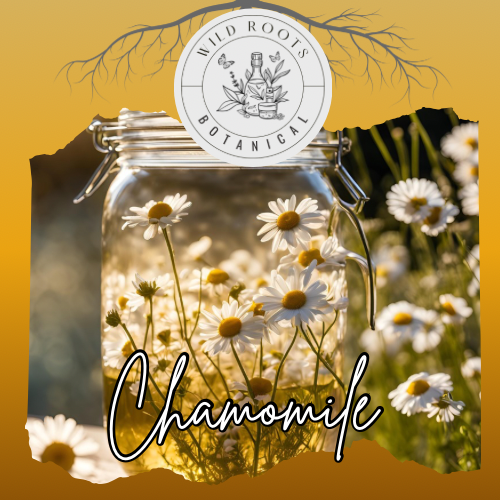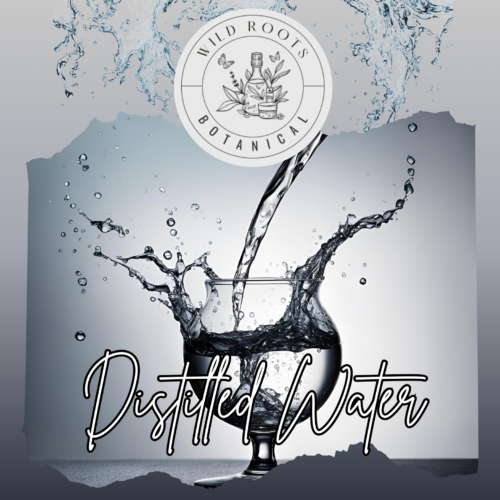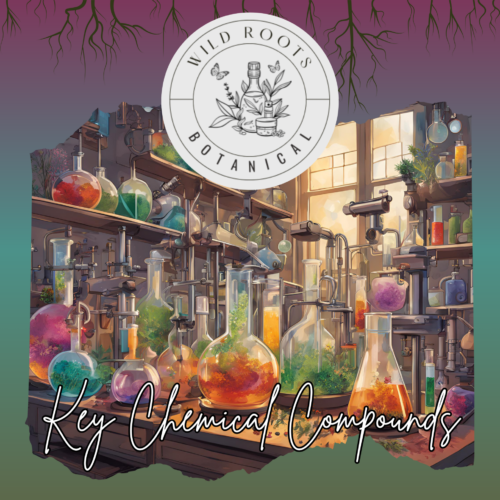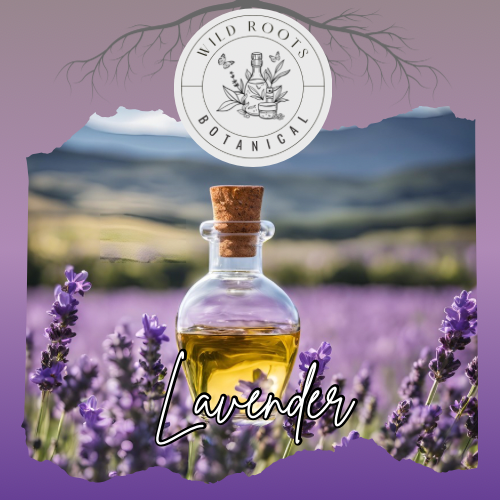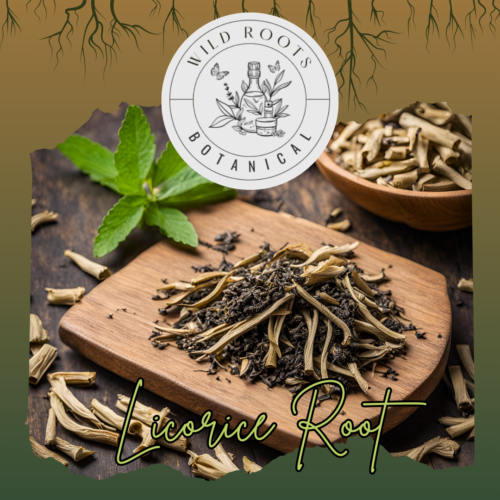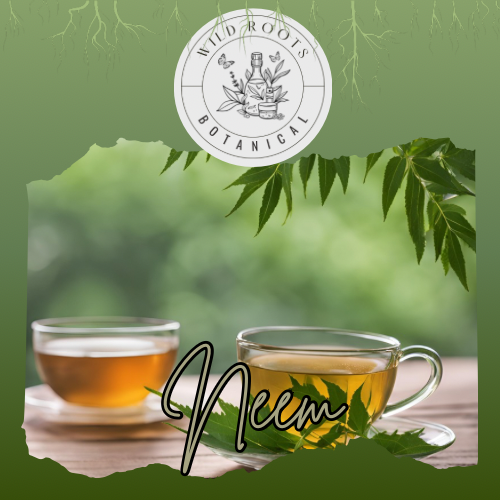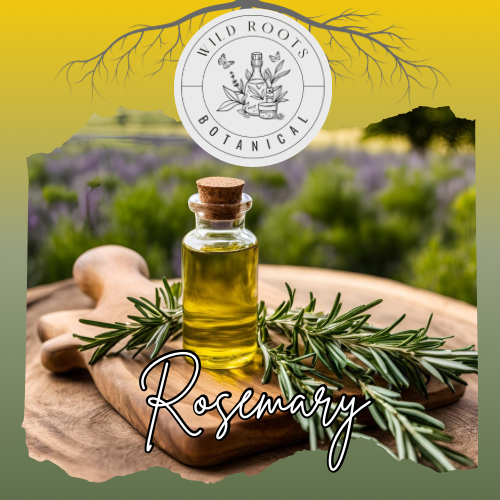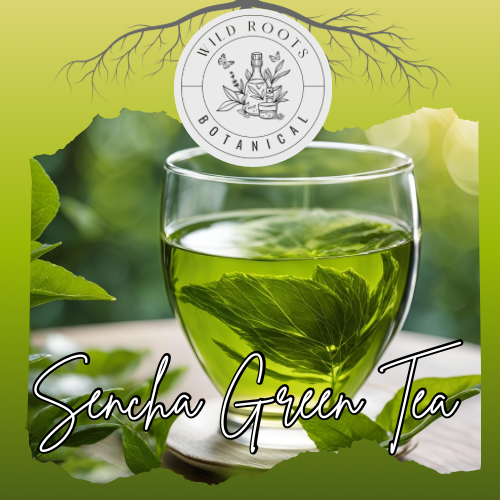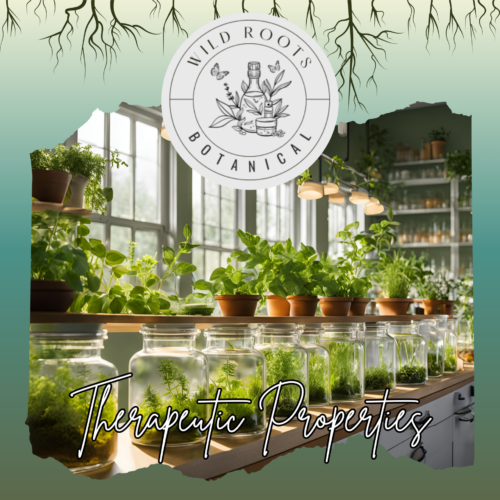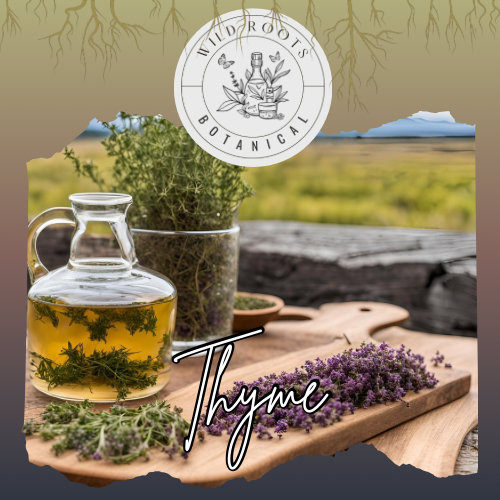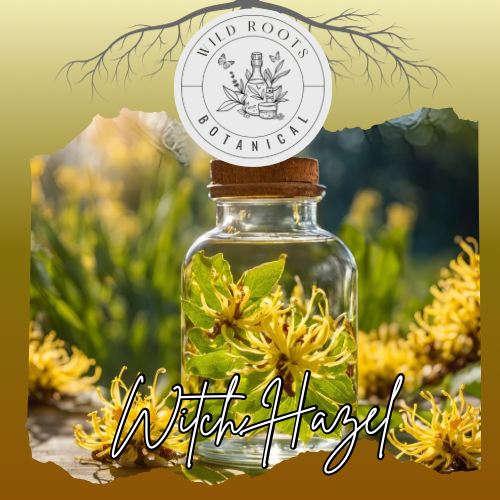Marshmallow Root
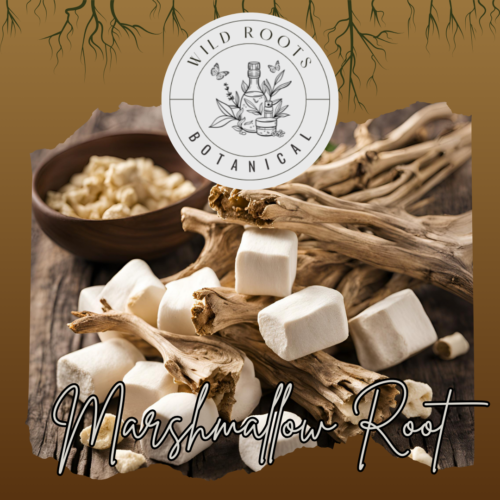
Marshmallow Root: Ancient Mucilage Medicine – A Comprehensive Guide
Introduction
Althaea officinalis, commonly known as marshmallow root, has been a cornerstone of traditional medicine for over 2,000 years. This remarkable plant, with its high mucilage content, has earned recognition for its soothing properties and versatile therapeutic applications.
Historical Journey
Ancient Origins
- Used in Egyptian medicine as early as 2000 BCE
- Recommended by Hippocrates for wound treatment
- Mentioned in ancient Roman texts for respiratory ailments
- Traditional Arabic medicine utilized it extensively
Etymology and Cultural History
The name “Althaea” derives from the Greek “altho,” meaning “to heal.” The plant’s history includes:
- Use as food during famines
- Traditional confectionery origins
- Medieval monastery gardens
- Folk medicine applications
Scientific Understanding
Chemical Composition
Key components include:
- Mucilage polysaccharides (10-30%)
- Flavonoids
- Phenolic acids
- Pectins
- Asparagine
- Tannins
- Starch
Therapeutic Properties
Research-supported benefits:
- Mucoprotective effects
- Anti-inflammatory action
- Immunomodulating properties
- Antimicrobial activity
- Wound healing support
Modern Applications
Medical Uses
Contemporary applications include:
- Digestive tract protection
- Respiratory support
- Skin conditions
- Urinary tract health
- Wound healing
Commercial Products
Found in various forms:
- Herbal teas
- Throat lozenges
- Skin care products
- Digestive supplements
- Cough remedies
Traditional Uses
Medicinal Applications
Historical uses include:
- Cough treatment
- Digestive complaints
- Skin inflammation
- Urinary issues
- Wound dressing
Preparation Methods
Traditional forms:
- Decoctions
- Cold infusions
- Poultices
- Syrups
- Ointments
Safety and Precautions
General Safety
While generally safe:
- Timing of medication intake
- Pregnancy considerations
- Diabetes monitoring
- Drug interactions
Usage Guidelines
Best practices:
- Quality sourcing
- Proper preparation
- Dosage adherence
- Storage requirements
Modern Research
Clinical Studies
Current research focuses on:
- Gastric protection
- Respiratory health
- Wound healing
- Immune system effects
Future Directions
Promising areas include:
- Drug delivery systems
- Novel extraction methods
- Bioavailability studies
- Synergistic effects
Growing and Harvesting
Cultivation
Requirements include:
- Moist, rich soil
- Full sun to partial shade
- Regular watering
- Space for growth
Harvesting Guidelines
Best practices:
- Second-year root harvest
- Autumn collection
- Proper cleaning
- Careful drying
Fun Facts
- The modern marshmallow candy originated from medicinal pastes
- Ancient Egyptians reserved it for royalty and healing
- It can grow up to 4 feet tall
- The root contains natural “soap” compounds
Sustainable Practices
Conservation
Important considerations:
- Wild population protection
- Cultivation promotion
- Sustainable harvesting
- Habitat preservation
Environmental Impact
Benefits include:
- Soil improvement
- Wildlife support
- Water retention
- Biodiversity
References
- Benbassat, N., et al. (2014). “Potential medicinal uses of marshmallow in traditional Iranian medicine.” Journal of Traditional and Complementary Medicine, 4(3), 15-20.
- Deters, A., et al. (2010). “Aqueous extracts and polysaccharides from Marshmallow roots (Althaea officinalis L.): Cellular internalisation and stimulation of cell physiology of human epithelial cells in vitro.” Journal of Ethnopharmacology, 127(1), 62-69.
- Sutovská, M., et al. (2009). “The antitussive activity of polysaccharides from Althaea officinalis l., var. Robusta, Arctium lappa L., var. Herkules, and Prunus persica L., Batsch.” Bratisl Lek Listy, 110(2), 67-72.
- Shah, S. M. A., et al. (2011). “Pharmacological activity of Althaea officinalis L.” Journal of Medicinal Plants Research, 5(24), 5662-5666.
Traditional Recipes
Soothing Tea Blend
Classic formula:
- Marshmallow root
- Licorice root
- Slippery elm
- Honey
Skin-Healing Poultice
Traditional preparation:
- Ground root
- Warm water
- Optional herbs
- Clean cloth


